Intangible Management: Tools for Solving the Accounting and Management Crisis
$18.03
| Author(s) | |
|---|---|
| Format |
|
| Pages |
284 |
| Publication Year |
2002 |
In this book, The authors investigate the ways that intangible values can be identified, measured, and managed. Their revolutionary and innovative taxonomy not only reveals fundamental differences between a manufacturing economy and one which creates value through knowledge, relationships, and time. By using case studies, a compelling mixture of theory and applications, and a set of accounting tools, the authors demonstrates how a new value framework can protect investors while giving companies the ability to generate long-term growth.
Introduction:
Every professional discipline is subject to its own language. Mathematics, accounting, finance, economics, computer science, marketing, chemistry, and physics all have their own language with which practitioners can communicate with each other without the need to explain what they mean and what they are talking about. Like learning to play the piano, each profession requires immersion in a completely new professional language. At first, this language seems alien and daunting. As time progresses, the jargon turns into a shared understanding and the basis of communication with other professionals. Intangibles are no exception. To learn about intangibles requires new skills and a new language with which to describe the problems and solutions that intangibles have created.
A new language is required to explain intangibles because the old rules of conventional management, when applied to intangibles, typically create the opposite outcome of what is expected. Intangibles require a counterintuitive understanding that will allow us to identify, classify, measure, manage, and report intangible value.
This book represents the first consistent attempt to describe the new language of intangibles in a totally structured and logical manner. The study of intangibles has its own language, its own jargon, and its own technical terms. There is no way around this jargon. As you progress through this book, you will learn the new language of intangibles and find that the jargon assists you to better understand divergent areas.
Contents:
- The Failings of Conventional Management
- What Knowledge Managers Need to Know
- Intangible Operating Structures
- The Asset versus Expense Debate
- Intangible Accounting
- Intangible Bookkeeping
- Foundations of Intangible Management
- Intangible Cost Management
- Emotion and Time Studies
- Identifying Nonproductive Time
- Knowledge Application Costs
- Intangible Information Management
- IIS21001 Knowledge Reengineering Standard
- Examples of IIS21001 Knowledge Reengineering
- Intangible Cost Structures
Intangible Management: Tools for Solving the Accounting and Management Crisis By Ken Standfield pdf
6 reviews for Intangible Management: Tools for Solving the Accounting and Management Crisis
Clear filtersOnly logged in customers who have purchased this product may leave a review.

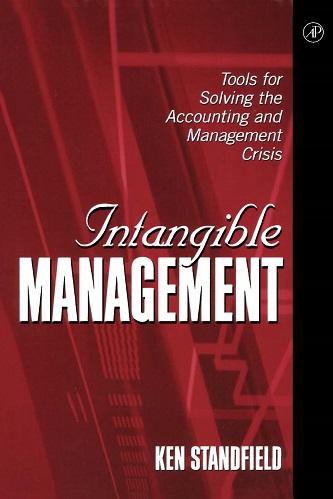
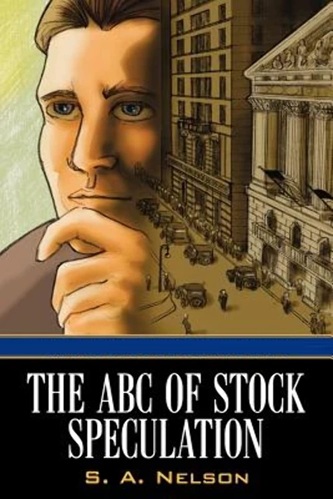
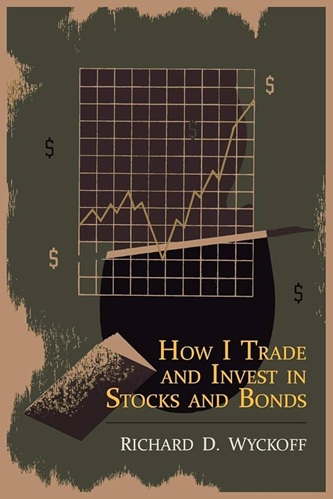
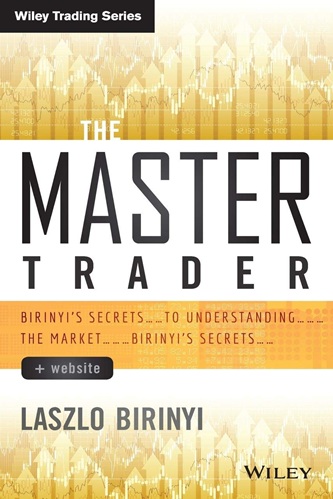
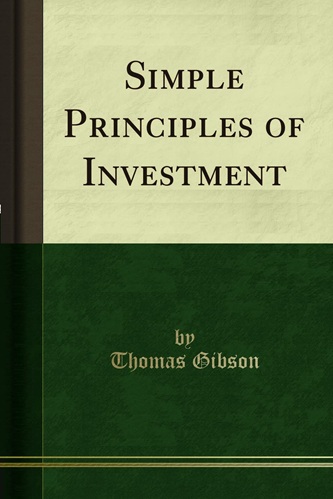
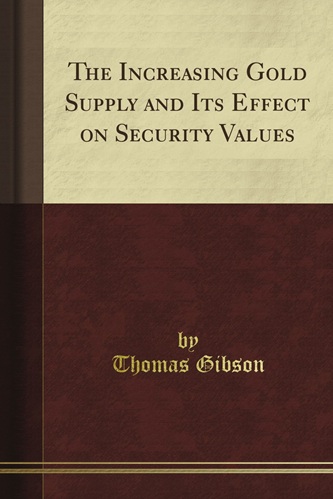
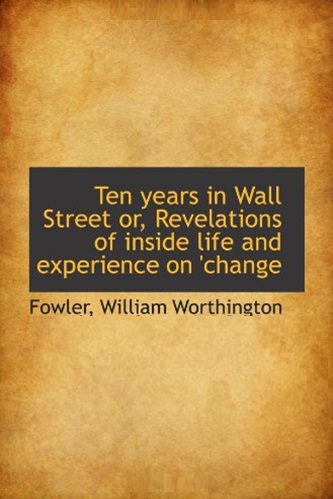
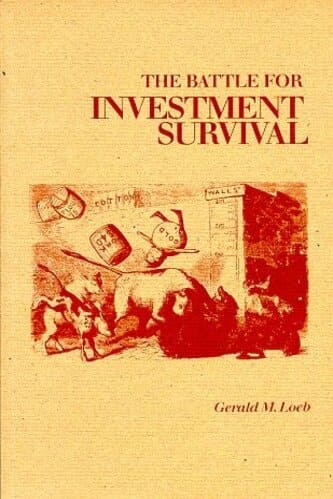
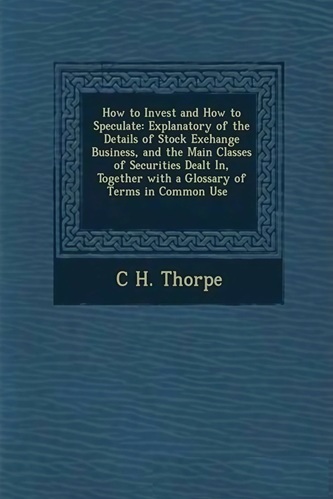
Avayah Travis (verified owner) –
Ken Standfield is among the greatest thinkers in the field of knowledge management. He addresses real issues that enterprises are grappling with. His approach to Intellectual Asset Management helps business leaders to make the transition from the traditional way of valuing business enterprises. This book is long overdue.
Harry Daugherty (verified owner) –
Although the manual was written twenty years ago, it still stands as the cornerstone for learning the key terms of this fascinating subject.
Ahmir Hernandez (verified owner) –
The greatest thing I learnt from this book is that soft intangibles (decisions, tacit knowledge, relationships, emotions, trust, etc) actually create financial performance (sales, expenses, etc). This notion fundamentally reverses the concepts that traditional management is based upon.
Instead of focussing on the traditional short-term “profit at any cost” mentality, Intangible Management take a sustainable viewpoint and explores how managers can manage a completely new set of value drivers in order to create a workplace where people want to work, and customers want to buy.
Sustainability, social responsibility and ethical behavior are have long been missing from traditional management theory. With Intangible Management, these issues are now back on center stage – where they belong.
This book is an excellent read and a must buy if you are interested in keeping up to date with the latest thinking in management science.
Hendrix Davila (verified owner) –
One of the Most Important Management breakthroughs in the Past 1000 years.
Research by Arthur Andersen of 3500 companies revealed that on the balance sheet the following percentages reflected market value for the representative years: 95% in 1978, 28% in 1998, and 15% in 2002. The International Intangible Management Standards Institute predicts it will be 5% in 2005 based on these trends. This means that conventional accounting reports will fail to capture 95% of the value of business and its operations by 2005, unless there is a change. From an investor perspective, things are not much better. According to the (USA) National Academy of Sciences Task Force on Intellectual Property Management (Sept. 1999), more than 75% of the capitalization of the S&P 500 reflects the value placed on knowledge and other intangible assets.
In the book Intangible Management: Tools for Solving the Accounting and Management Crisis, Ken Stanfield explains the value of intangibles (intangible assets, intangible liabilities, intangible revenues, and intangible expenses) and most importantly how to measure, track and record them on the new financial reports – referred to Intangible Corporate Reports. As our greatest assets today are Knowledge, Relationships, Emotional Intelligence and Time – these value drivers must be measured and managed.
This book needs to be the new standard (Bible) for Business Management and Accounting. This book should be essential reading in every School and University as learning is the only true sustainable competitive advantage we have, and this knowledge needs to be known.
Willie Bridges (verified owner) –
This book changes the rules. Academic Press has long been regarded as the world’s leading Academic Publisher and now I know why. This book is a masterpiece. It proves that there is a new way of managing value that is completely different from the old. It is a well thought-out and researched book with good practical examples. In my senior executive roles at various multinational corporations I have needed to implement numerous methods from knowledge management, to intellectual capital management, and knowledge capital. I see intangible management as the upgrade to those techniques. I am now applying IM into the organization I work for. I was particularly impressed by the worked through examples in the book which guided me step by step through the process of how various branches of intangible management theory could be practically applied. It’s a book filled with new ideas, innovation, and out-of-box thinking. After researching intangible management on the net, I found that this book was acknowledged by the Association of American Publishers in their 2002 Outstanding Professional and Scholarly Titles Award. The book received an honorable mention as a work of exemplary scholarship as one of the two outstanding business, management & accounting books of 2002. After reading the book, I know why this book received the recognition it did. It’s well worth adding to your library.
Elora Moyer (verified owner) –
It doesn’t provide details on how to value intangibles. It promotes a stock approach for intangible asset measuring but lacks the comprehensiveness of methodologies that use a flow approach. I didn’t find this much help in my line of work as a business manager for a multinational organisation. I needed more practical examples and found the arguments weak and unsubstantiated. There seemed to be a lack in practical application and his arguments seemed not to be tested.